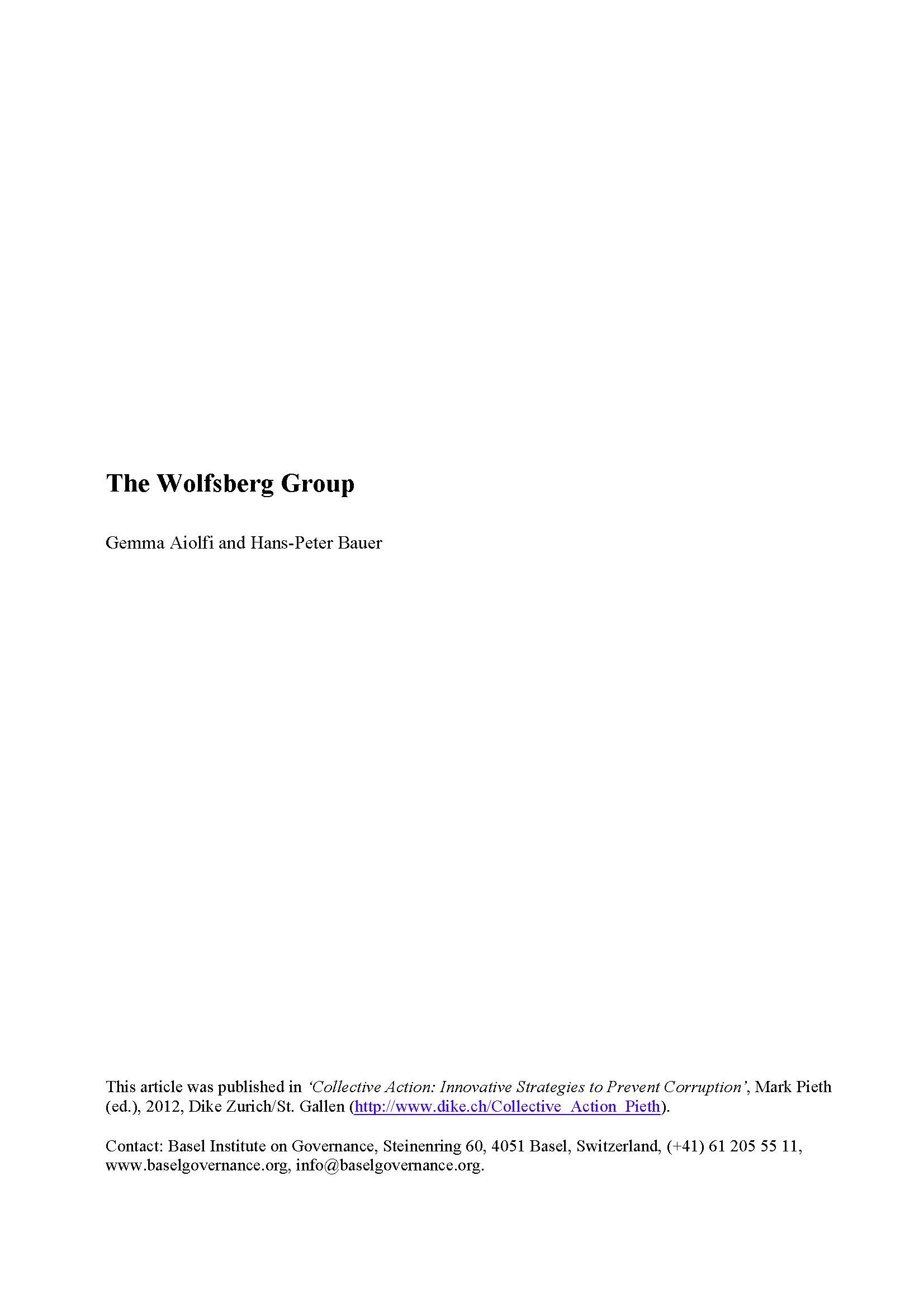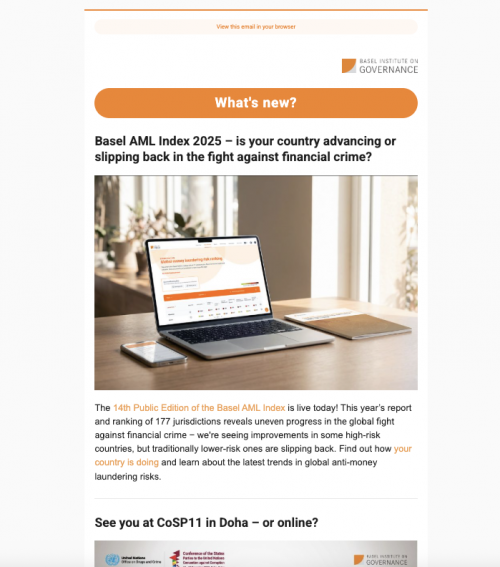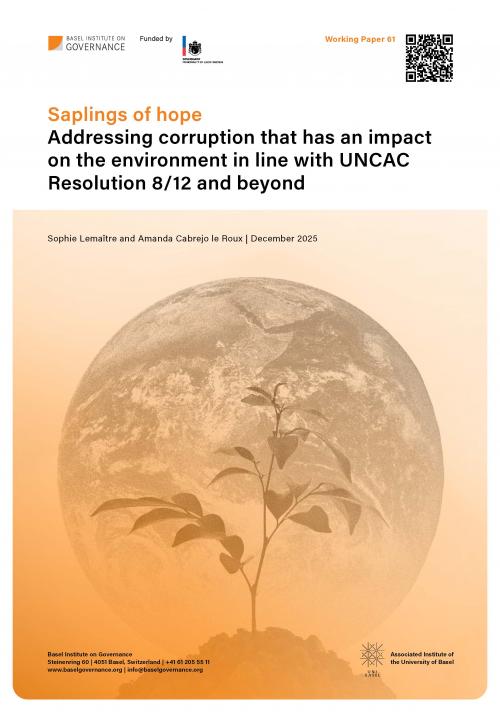The Wolfsberg Group
This article illustrates an early example of corporate Collective Action, the Wolfsberg Group, and charts its development from its inception, in 1999, up to 2012. The Wolfsberg Group is an association of eleven banks that took its name from the Château Wolfsberg where the banks held their first meetings and where they continue to hold their annual forum.
Having started out with the aim of addressing money laundering risks in private banking, the Wolfsberg Group has since developed a broad range of standards and a diverse program of activities. These address not only its original focus of anti-money laundering, but also other financial crime risks within the financial industry, such as corruption, terrorist financing, and sanctions.
The phrase “Collective Action” suggests a positive or proactive approach by participants to an initiative with a common goal that, by implication, is acknowledged by the participants from the outset. For the Wolfsberg Group, this was not the case. The spirit of Collective Action developed gradually through the group’s early meetings and the adoption of its working procedures. By now, the notion of Collective Action through consensus is a core principle, but it took time and effort to build up the necessary trust amongst banks that were otherwise competitors. This chapter describes the process that created this trust as well as the past and current work and achievements of the Wolfsberg Group.
This article was published in Collective Action: Innovative Strategies to Prevent Corruption, Mark Pieth (ed.), 2012, Dike Zurich/St. Gallen.
Links and other languages




